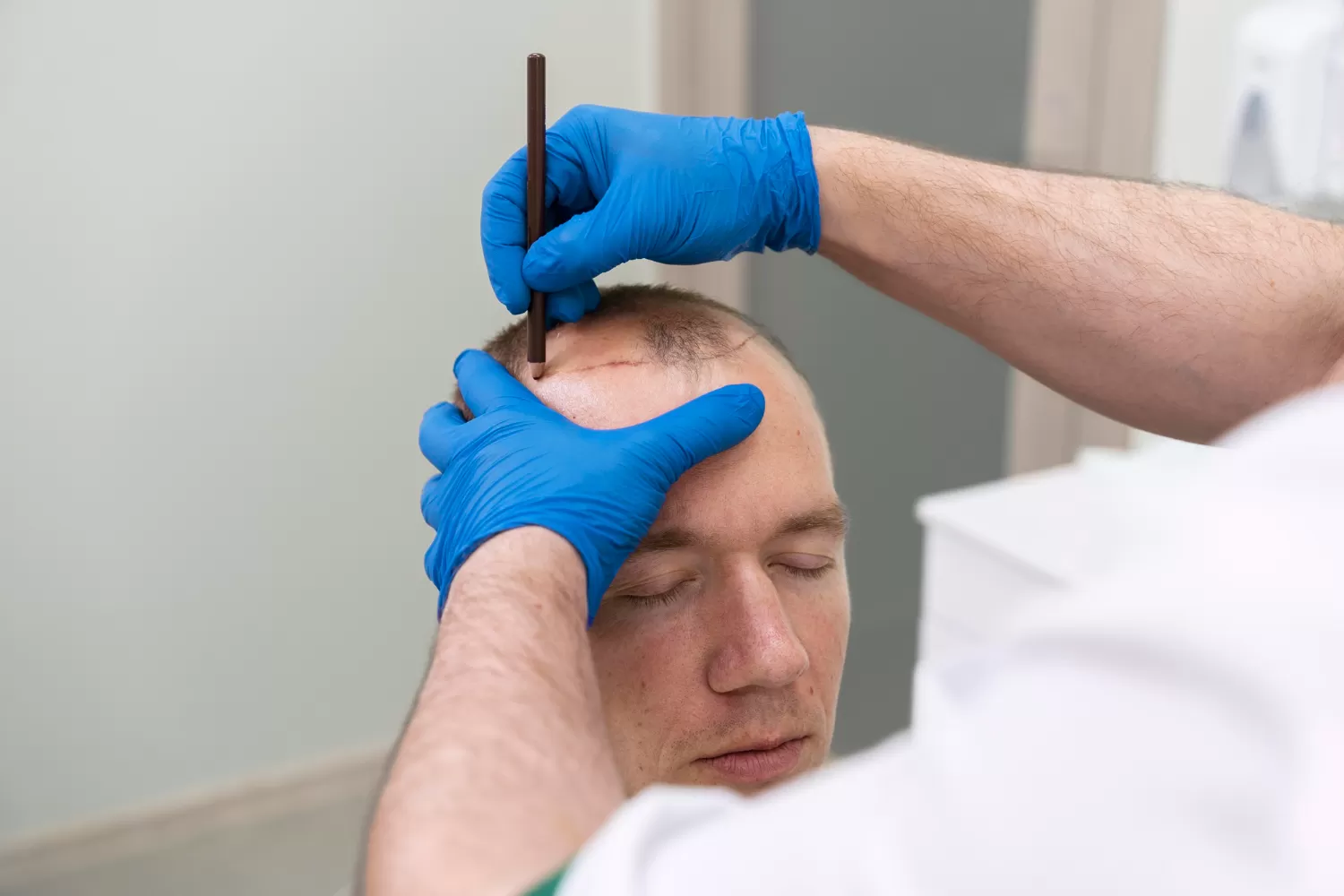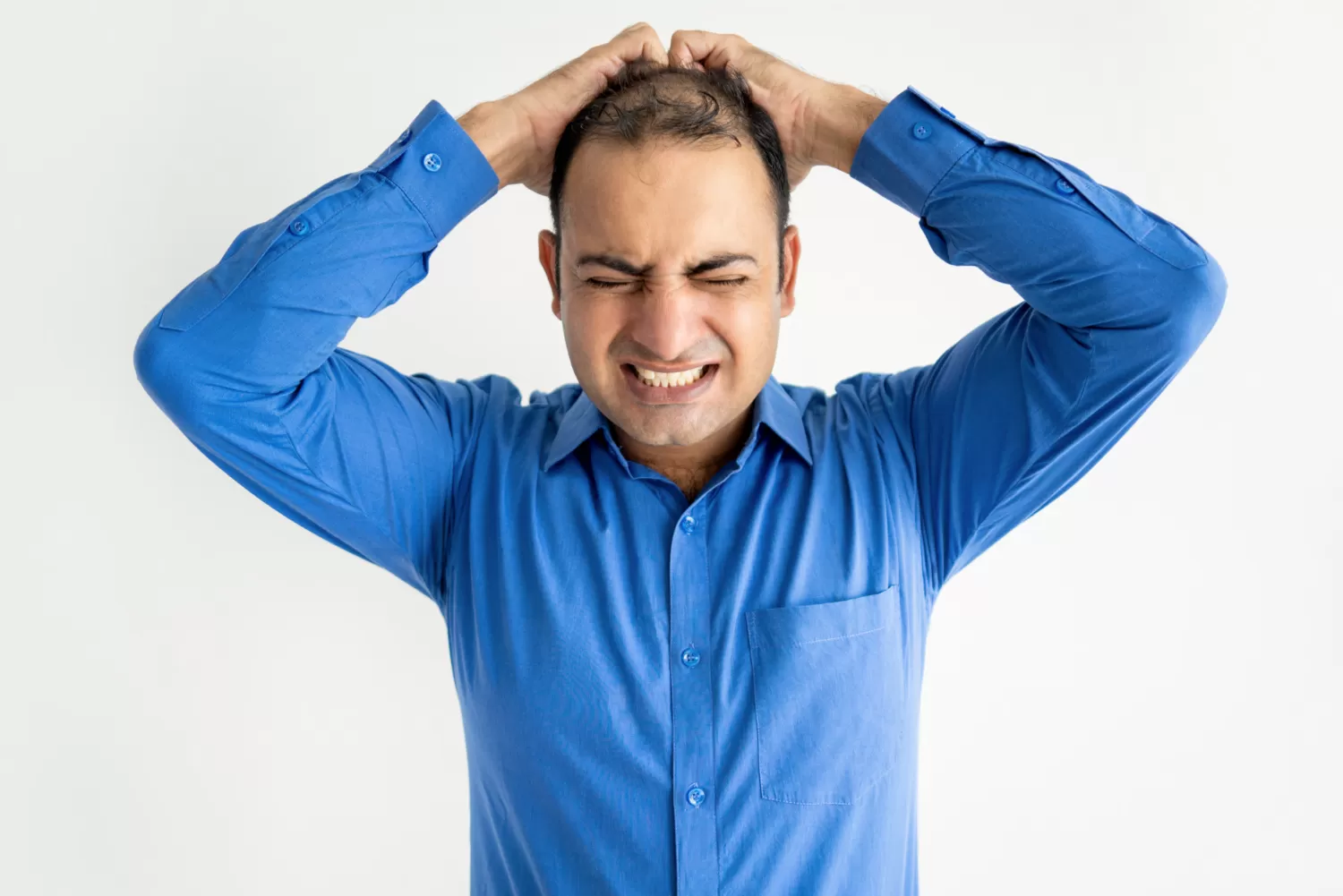Hair transplant is a popular aesthetic procedure for those seeking a solution to hair loss. However, the recovery process after a hair transplant requires careful management. Exercising, while an essential part of a healthy lifestyle, must be timed appropriately during the post-transplant period to ensure the success of the procedure and a smooth recovery. This article provides detailed information on when and how to resume sports activities after a hair transplant, serving as a comprehensive guide to safe exercise practices.
Recovery Process After Hair Transplant
A hair transplant involves transferring hair follicles from a donor area to a balding area. During this procedure, small incisions are made in the scalp, which require time to heal. The recovery process is generally divided into three phases:
- First Week (Days 1-7): The scalp is highly sensitive during this period. This phase is critical for the newly transplanted hair follicles to take root. All forms of physical activity should be avoided.
- Second Week (Days 8-14): The scalp begins to heal but remains sensitive. Light activities may be considered with doctor approval.
- First Month and Beyond (Days 15-30): By this time, the hair follicles have largely taken root, and the scalp starts returning to normal. However, full recovery may take several months.
The timing for resuming exercise depends on this recovery timeline. Excessive sweating, pressure on the scalp, or activities that increase blood flow can negatively impact the healing process.
Effects of Exercise on Hair Transplant
While exercise is beneficial for overall health, it poses certain risks during the post-hair transplant period:
- Sweating: Excessive sweating can increase the risk of infection in the grafted area and slow down the healing process.
- Increased Blood Pressure: Intense exercise can elevate blood pressure, potentially causing bleeding in the scalp or dislodging grafts.
- Risk of Trauma: Contact sports or weightlifting can directly harm the scalp.
- Oxygen Demand: Intense exercise increases the body’s oxygen demand, which may affect the oxygen supply needed by newly transplanted hair follicles.
Therefore, returning to sports activities should be done gradually and in line with your doctor’s recommendations.
Timeline for Resuming Exercise After Hair Transplant
The timeline for resuming exercise varies depending on the type and intensity of the activity. Here is a general guide:
First 7 Days: Rest Period
What to Do? Avoid all physical activities during this period. Even light movements like walking should not be done without doctor approval.
Why? This phase is critical for the newly transplanted hair follicles to anchor to the scalp. Sweating, increased blood pressure, or pressure on the scalp may dislodge grafts.
Days 8-14: Light Activities
What to Do? With your doctor’s approval, light activities such as low-intensity walking can be considered. Minimizing sweating is crucial.
Recommendations:
- Opt for short (15-20 minute) and low-intensity walks.
- Avoid hot environments (e.g., saunas or hot yoga).
- Use a hat to protect the scalp from direct sunlight, ensuring it is not too tight.
Days 15-30: Moderate Activities
What to Do? Light cardio exercises (e.g., cycling or low-intensity jogging) and low-intensity weight training may be considered with doctor approval.
Recommendations:
- Exercise in cool environments to control sweating.
- Avoid weightlifting movements that put pressure on the head.
- Refrain from using equipment that touches the scalp (e.g., helmets).
After 1 Month: Return to Normal Activities
What to Do? Most individuals can return to their regular exercise routines after one month. However, contact sports or high-intensity activities require doctor approval.
Recommendations:
- Wait at least 6-8 weeks for activities involving water contact, such as swimming, as chlorinated or salty water can irritate the scalp.
- High-risk activities like intense weightlifting or combat sports should be delayed for 2-3 months.
Precautions to Take When Exercising
Before resuming exercise, consider the following precautions:
- Consult Your Doctor: Recovery varies for each individual. Always consult your doctor before starting any physical activity.
- Protect the Scalp: Avoid equipment like hats, headbands, or helmets that may put pressure on the scalp during exercise.
- Maintain Hygiene: Gently clean the scalp after sweating to reduce the risk of infection. Follow your doctor’s cleaning recommendations.
- Gradual Increase: Return to exercise gradually. Avoid sudden and intense workouts.
- Listen to Your Body: Stop exercising and contact your doctor if you experience discomfort, itching, or redness.
Frequently Asked Questions
When can I swim after a hair transplant?
Swimming typically requires at least 6-8 weeks of waiting, as it involves scalp contact with water. Chlorinated or salty water can irritate the scalp and increase the risk of infection.
When can I jog after a hair transplant?
Light jogging may be possible after 2-3 weeks with doctor approval. Start in cool environments and for short durations to minimize sweating.
When is weightlifting safe after a hair transplant?
Weightlifting, which can increase blood pressure, is generally safe after 4-6 weeks. Avoid movements that put pressure on the head.
Conclusion
Resuming exercise after a hair transplant requires patience and caution. To protect the success of the procedure, follow your doctor’s recommendations and gradually increase physical activity. Prioritize rest in the first week, start with light activities in the following weeks, and ensure you consult your doctor for a personalized plan if you have any concerns.





No comments yet. Be the first to comment!